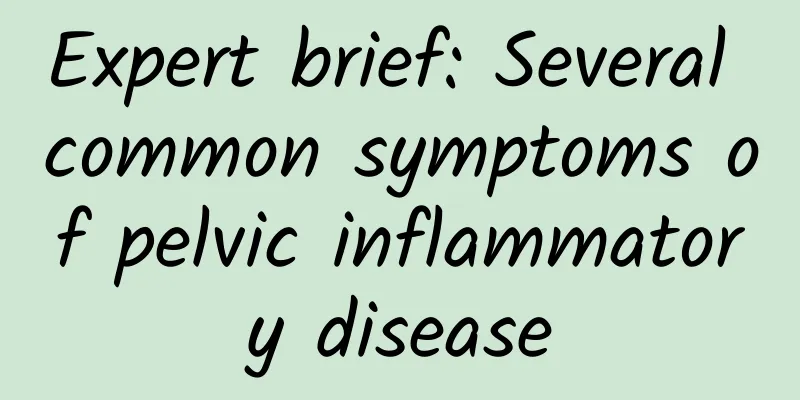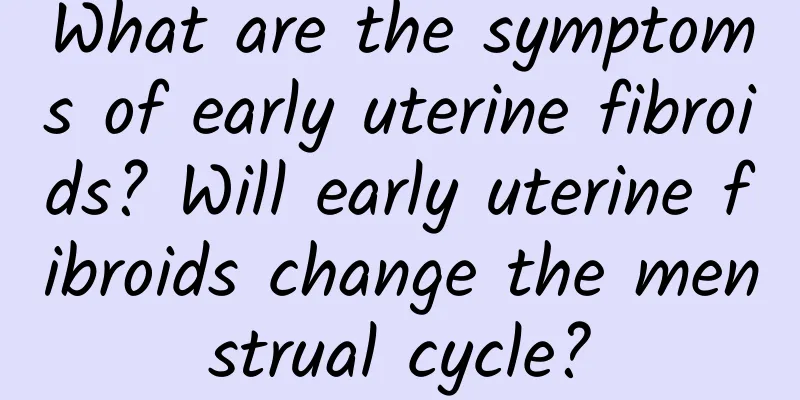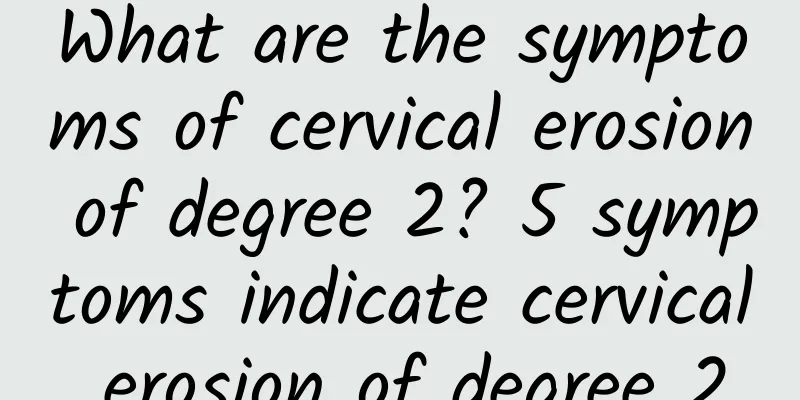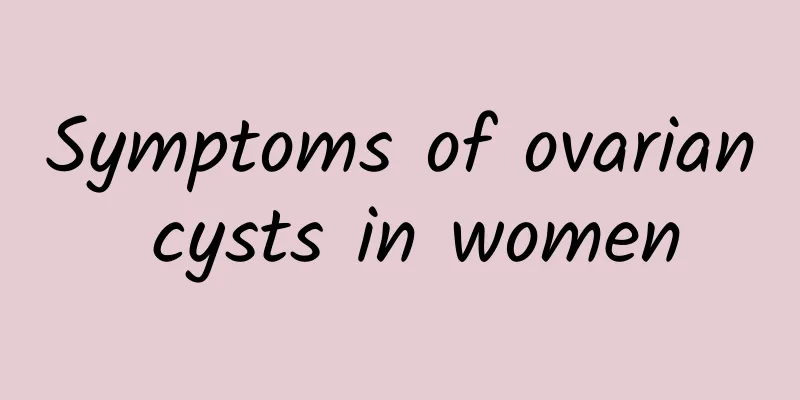What is intramural uterine fibroids? How to treat intramural uterine fibroids?
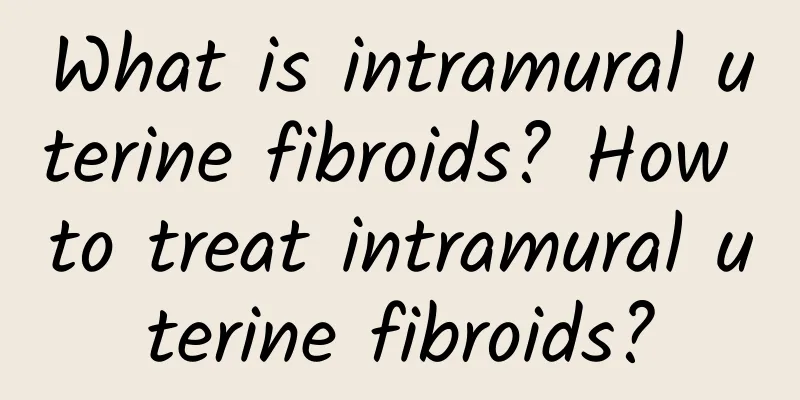
|
Uterine fibroids must pay attention to rest, do not do heavy work and squat, and avoid eating spicy, frozen and other irritating foods and alcohol. So, what are uterine fibroids? How to treat them? Uterine fibroids, also known as uterine leiomyoma, are the most common benign tumors of the female reproductive organs. Most of them are asymptomatic, and a few show vaginal bleeding, abdominal contact with the tumor, and compression symptoms. If the pedicle is twisted or other conditions occur, it may cause pain. Uterine fibroids are most common in the intramural area, accounting for 60%-70% of the total number of fibroids. The number of intramural fibroids is often uncertain, and there are often one or more larger ones. Sometimes many small tumor nodules can be distributed, forming irregular masses that fuse to form multiple uterine fibroids. Some involve the cervix or deep fornix, which can be easily confused with primary cervical fibroids. Intramural fibroids have good blood circulation and generally have fewer tumors. They can cause severe deformation of the uterus and affect uterine contraction. Because the volume of the uterus increases the area of the endometrium, it often leads to excessive menstruation, excessive frequency, and prolonged menstruation. So how to treat intramural uterine fibroids? The treatment of intramural uterine fibroids needs to be comprehensively considered according to the patient's age, symptoms, fertility requirements, size of the fibroids and growth rate. If the fibroids are small, few in number, asymptomatic or close to menopause, conservative treatment and regular review can be used; if the fibroids are enlarged, growing fast, and large in number, or there are obvious symptoms such as pain, menstruation, and prolonged menstruation, surgical resection should be considered. The diameter of the uterine fibroid is greater than 4 cm. Fibroids grow rapidly in a short period of time, except for malignant changes. Cervical fibroids have uncomfortable symptoms that affect the patient's life, such as repeated heavy vaginal bleeding, anemia, frequent urination, abdominal distension, etc. |
<<: Are uterine fibroids common? What are the symptoms of uterine fibroids?
Recommend
What to do if your period is delayed for one month
A month's delay in your period can be a cause...
Study: Black tea lowers blood pressure, green tea increases bone density
Since ancient times, tea has been the most popula...
Can an intrauterine device be inserted immediately after a miscarriage? Let's take a look
The World Health Organization's "Medical...
Mid-Autumn Festival diet: 1 grapefruit equals 2 bowls of rice
The Mid-Autumn Festival is approaching, and it is...
How long does it take to walk normally after treatment of Bartholin's gland cyst?
After treatment of Bartholin's cyst, you can ...
Will ectopic pregnancy cause stomach pain? Timely treatment is necessary
Ectopic pregnancy will cause abdominal pain. Most...
Obesity is not a blessing! A 140kg fat man lost 71kg in just 10 months through weight management!
Obesity is not a blessing! Obesity not only affec...
Is it expensive to treat menopause?
Menopause is not as terrible as many women think,...
How to effectively prevent abortion syndrome
How to effectively prevent abortion syndrome? Abo...
Why can cervicitis not be cured for a long time?
Cervicitis is extremely detrimental to the physic...
Why am I bleeding again half a month after my period?
Why am I bleeding again half a month after my per...
How long does it take to treat bacterial vaginosis?
Bacterial vaginosis often appears at the same tim...
What are the main symptoms of congenital absence of vagina?
Women with congenital absence of vagina are in gr...
Auxiliary examination of uterine fibroids How to treat uterine fibroids
Uterine fibroids grow rapidly and can undergo dif...
What should women pay attention to in their life with dysmenorrhea
What should we pay attention to in the health car...






